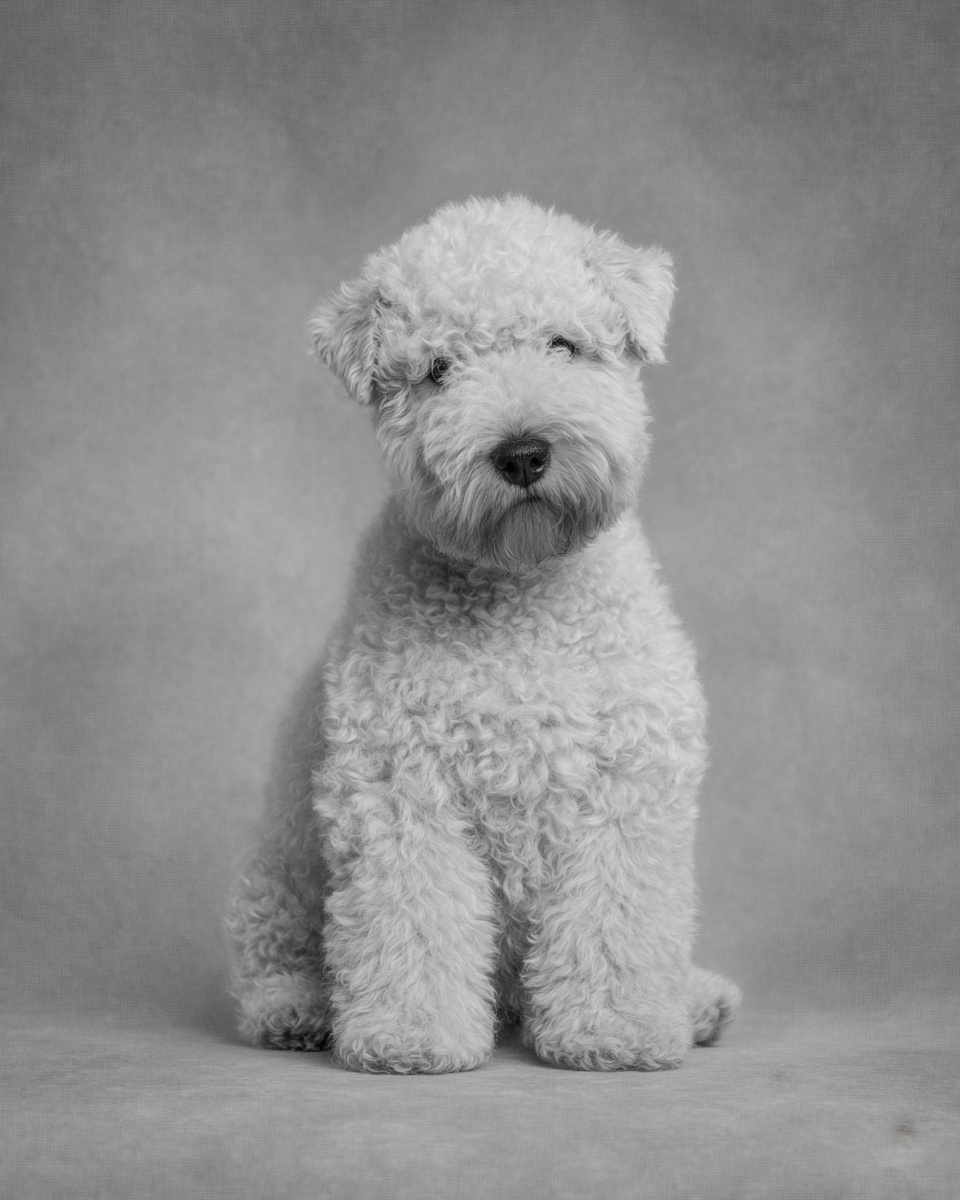Welsh Terrier

Description
The Welsh Terrier is a compact, sturdy breed with a wiry double coat that typically appears in black and tan or grizzle and tan shades. Originating in Wales during the early 19th century, this terrier was bred for hunting foxes, badgers, and otters, which explains its bold and determined demeanor. Weighing around 20 pounds, it carries itself with confident energy and a distinctive terrier alertness. Friendly yet independent, Welsh Terriers bond closely with their families but can show wariness toward strangers, making them natural watchdogs. Their spirited nature demands consistent training and socialization to manage their stubborn streak and high vocal activity. They adapt well to homes with children and other dogs when introduced thoughtfully, thriving on interaction and mental challenges.
Grooming
Welsh Terriers have a medium-length, wiry double coat that requires regular maintenance to stay healthy and attractive. Shedding is minimal since dead hairs tend to cling to the coat rather than fall out freely. Weekly carding with a gentle slicker brush helps remove loose hairs without damaging the coat’s texture. Every 8 to 12 weeks, handstripping is essential to maintain the coat’s wiry feel and preserve its distinctive color patterns, especially the black and tan or grizzle tones. Key grooming points: - Card coat weekly to remove dead hair - Use a light slicker brush gently - Handstrip every 8–12 weeks for texture and color - Check ears and trim nails regularly - Bathe only when necessary to avoid stripping natural oils Pro tip: Schedule handstripping appointments with a professional groomer familiar with terrier coats to keep your Welshie looking sharp and feeling comfortable.
Learn the Double routine:
→ Complete Double Grooming Guide
Walking
Welsh Terriers need about 70 minutes of walking daily, split into two sessions to manage their lively disposition and prevent boredom. These walks should include varied routes and opportunities for sniffing and exploring, as mental stimulation is just as important as physical exercise. Short bursts of play or training during walks can help channel their energy constructively. Example routine: Morning: 35-minute brisk walk with some off-leash sniffing in a secure area. Evening: 35-minute walk incorporating obedience drills and a chance to socialize with other dogs. Consistent daily walks help reduce excessive barking and keep your Welsh Terrier balanced and happy.
Boarding
When boarding a Welsh Terrier, provide a crate sized between 30 and 36 inches to ensure enough room for comfort without excess space that might cause anxiety. These dogs enjoy active play sessions, so staff should plan at least two vigorous play blocks daily combined with scent and brain games to engage their sharp minds. Slow introductions to new people and a predictable routine help reduce stress and encourage cooperation. Staff should note the breed’s vocal tendencies and provide quiet time to prevent overexcitement. Welsh Terriers appreciate interaction but also need downtime in a calm environment. Enrichment activities that mimic their hunting instincts, like scent trails or puzzle feeders, work well to keep them entertained while boarded.